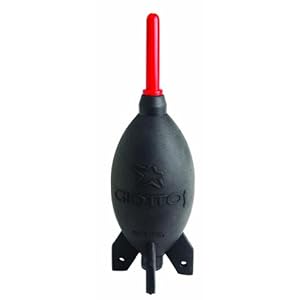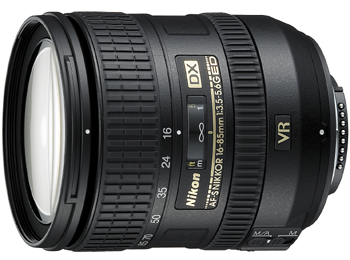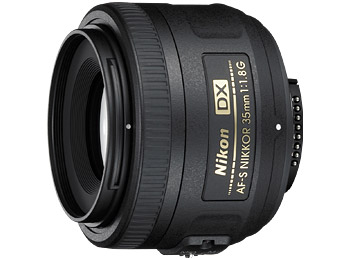Pictures
Still
For a long time I'd taken my video camera on my trips with me but reviewing the footage I'm thinking I might have been wasting my time. There's a great deal to be said for seeing things move which can embellish a scene but the overall grainy and wobbly pictures, and often atrocious sound leave a lot to be desired.
I have had a "compact" digital camera with me but took very few pictures with it, mostly as reference shots of where I stayed -- hardly the most stimulating content.
For hobbyist reasons I decided to invest in a digital SLR and Ken Rockwell reckoned the Nikon D40 was a pretty good choice. It was also, at the time, going pretty cheap for a dSLR.

It came with a 18-55 kit lens and that's what I took pictures with in Morocco. I bought a Giotto Rocket Air Blower to get what dust I could off the sensor, a Hama lens cleaner, a Hoya circular polarising filter and UV (read: protective) filter and the Nikon remote control and a Joby Gorillapod. The Gorillapod required a connection to the camera so I bought a Manfrotto Quick Release Head.







The polarising filter gives those rich blue skies that you were always told off for painting in school because they were unrealistic. Assuming you remember to twirl it.
As it turns out, I've never used the Giotto or remote control while away and I've only used the Gorillapod once, just the other day to snap some wild flowers I found in my garden (Herb Robert and Broad-leaved Willowherb, if you must know).
Still, I have high hopes that I'm not lugging it all around for nothing.
After the first trip, I realised that many of the shots I was taking were pushing the limits of the camera's (read: my) abilities to shoot in low light. I thought about this for a while and came up with two solutions.
Firstly, I could get a slightly better lens that included VR (Nikon's vibration reduction system) which allows you to take much slower shots without your natural delirium tremens affecting the shot:

and which gives me a bit more zoom at either end. Not much more but just a bit. Every little helps.
Secondly, I thought I'd try some more specialised glass, a prime lens and just as I was thinking about it, Nikon introduced the AF-S 35mm f1/1.8G DX. Perfect for the D40 which doesn't have a motor to drive the auto focus in the lens so requires AF-S lenses and is the DX equivalent of a 50mm full frame lens.

Ooh, that does produce a pretty picture!
Both of those have a UV and a circular polarising filter (the 35mm can reuse the 55mm filters of the 18-55 kit lens). At which point I nearly cried, the 67mm filters for the big lens cost a fortune! Still, I will have my unrealistically blue skies.
Finally, don't forget to take a spare SD card (or whatever you're using). Circumstances might dictate that you're unable to offload your fine art art onto alternative media and/or you manage to corrupt your primary card.
Geolocation
If your camera isn't so whizzy that it includes a GPS chip in it and you have a GPS then you can still geolocate your pictures pretty trivially. A GPS tells you where you are (to +/- 2m if you're lucky) and, if you're not moving, it'll tell you the time to within a microsecond.
OK, maybe that's the sort of accuracy that only us nerds care about but what you do want to do is set your camera's time to that of your GPS. You want to make sure that the minutes and seconds are as close as possible. You should try to keep the hours similar (this only is an issue -- surely -- when you cross borders and the hours ahead/behind GMT change).
When you get back you can then submit both your GPS track and your picture stream into an application that will marry the two together. I use GPSPhotoLinker on the Mac, there are apps for Windows too.
The gnarly bit is where the camera's clock starts to drift with respect to the GPS. Initially, it'll be really obvious that the time of the picture is slap bang in the middle of when the bike was stationary. Clearly, that's where the picture was taken. As the camera's clock drifts you might find that the picture appears to be taken slightly before or after when the bike was stopped.
In GPSPhotoLinker you can apply a time shift to a group of photos to bring them back in line which is really handy, ie. you would adjust the remaining pictures forward or back in time once you recognise that one picture is clearly out.
What I should do is reset the camera's time every few days.
Document Actions